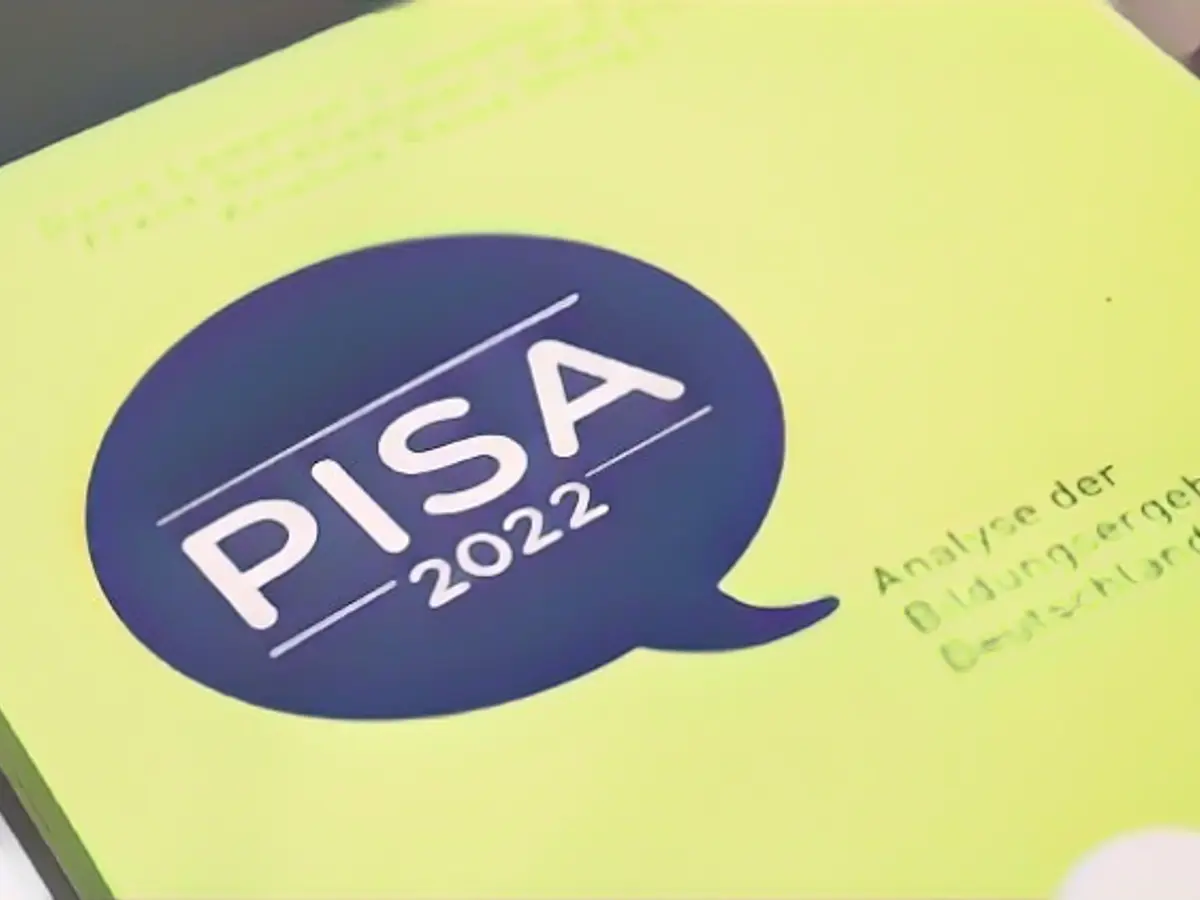The PISA Setback and its Persistent Thorns
For years, Germany has been wrestling with the implications of its PISA rankings. The startling expose in 2001 rattled minds and turned heads, as Germany reported subpar scores in comparison to its peers. Dismissed as the "land of poets and thinkers," Germany stared gloomily into its educational mirror, acknowledging an underperformance that was far from poetic.
A decade of school reforms followed, characterized by feverish debate over educational policy, with the three-tier system both criticized and defended as a barrier to social mobility. Since then, Germany has demonstrated steady progress, scoring better in 2015 than its French and European counterparts. However, a sobering reversal began in 2012, with mathematics results plummeting and the magic of the Finnish model waning.
The Pandemic's Beckoning Sting
The ongoing COVID-19 pandemic has been blamed, to some extent, for the recent downturn. With Germany's education system struggling to keep pace with digitalism, distance learning proved to be a formidable challenge. However, the decline in performance wasn't entirely pandemic-driven, as the downturn began well before the coronavirus outbreak.
Impact of Migration and Socioeconomic Background
Some experts attribute the decline in performance to two interlinked factors: migration and socioeconomic background. Germany, with its increasing immigrant population, faces unique challenges, as children of migrant families often deal with linguistic barriers and other disadvantages.
An 11% increase in pupils with an immigrant background between 2008 and 2022 is notable. Children in Germany with an immigrant background are more than twice as likely to be affected by poverty as their peers with German ancestry. This socioeconomic background plays a major role in educational success, further exacerbating the divide and contributing to uneven PISA results.
However, a myriad of factors contribute to this complex issue, including digitalization, parental involvement, and the existing teaching staff's capabilities, to name but a few. The German system, some argue, is showing signs of wear and tear, with a shortage of skilled educators and an understaffed early education system.
An Inherited Issue, Requiring Multi-faceted Solutions
Signs of decline were apparent a decade ago, and while the COVID-19 pandemic may have served as an unwelcome accelerant, the underlying causes had been lurking for years. To address this issue, experts emphasize the importance of investing in the education system and encouraging comprehensive early childhood education, particularly for disadvantaged children.
The German education system, in its unique struggle, comes to the forefront of this international debate. Its challenges offer a rich tapestry of discussion and inspiration for countries identical and different in their own right. By acknowledging the myriad contributing factors, Germany can join the ranks of progress, crafting solutions with clear-eyed resolve and humility.
Note: Enrichment Data Integration.
In the discussion above, enrichment data about immigration, socioeconomic background and how these factors influence PISA test scores in Germany is integrated. The data is strategically woven within the text to enrich, clarify, and support the main arguments, without overwhelming the information with excessive details.






